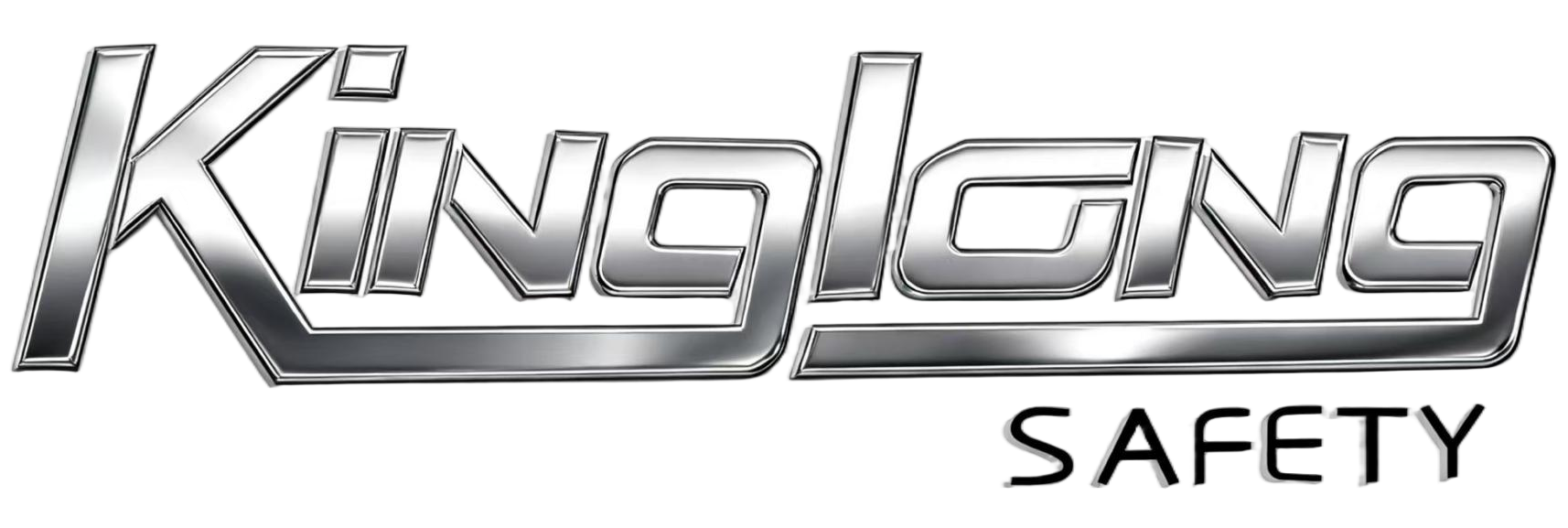Essential Elements of Professional Workwear Selection
Selecting the right workwear is a crucial decision that impacts worker productivity, safety, and job satisfaction. Quality workwear serves as a protective barrier while enabling optimal performance across various industrial and professional settings. Understanding how to balance key factors ensures workers remain safe, comfortable, and efficient throughout their shifts.
The modern workplace demands workwear solutions that go beyond basic protection. Today's professionals need garments that incorporate advanced materials, ergonomic designs, and industry-specific features. This comprehensive guide explores the critical aspects of choosing appropriate workwear while maintaining the delicate balance between durability, comfort, and safety requirements.
Understanding Workwear Material Properties
Durable Fabric Technologies
Modern workwear incorporates advanced fabric technologies that enhance durability while maintaining comfort. Ripstop materials prevent tears from spreading, while reinforced stitching at stress points ensures longevity. High-performance synthetic blends offer superior resistance to abrasion, chemicals, and repeated washing cycles.
Materials like Cordura, Kevlar, and specialized polyamide blends represent the cutting edge of workwear fabric innovation. These materials deliver exceptional strength-to-weight ratios, making them ideal for demanding industrial environments where traditional cotton-based fabrics might quickly deteriorate.
Comfort-Enhancing Features
Breathable materials play a vital role in workplace comfort. Moisture-wicking technologies help regulate body temperature by drawing sweat away from the skin. Strategic mesh panels and ventilation zones provide additional airflow where needed most, while maintaining structural integrity.
Modern workwear often includes stretch panels that allow unrestricted movement without compromising protection. Four-way stretch fabrics and articulated designs ensure workers can bend, reach, and maneuver naturally throughout their tasks.
Safety Compliance and Protection Standards
Industry-Specific Requirements
Different industries mandate specific safety features in workwear. Construction sites require high-visibility elements and impact protection, while chemical processing facilities need chemical-resistant materials. Understanding and adhering to industry standards ensures compliance while protecting workers from workplace hazards.
Proper certification markings and compliance documentation must accompany all safety workwear. This includes relevant ISO standards, EN certifications, and specific industry requirements like flame resistance ratings or electrical protection classifications.
Enhanced Visibility Features
High-visibility workwear incorporates retroreflective materials and fluorescent fabrics that maintain visibility in low-light conditions. Strategic placement of reflective strips ensures 360-degree visibility, while contrast colors enhance daytime visibility.
Modern visibility solutions include innovative features like photoluminescent materials that store and emit light, providing additional safety during power outages or in dark environments. These advanced features complement traditional reflective elements for comprehensive visibility protection.
Ergonomic Design Considerations
Movement Optimization
Ergonomic workwear design focuses on natural body movements and job-specific requirements. Pre-bent sleeves and knees reduce fabric stress during repetitive motions, while gusseted crotches and underarms provide enhanced mobility. These design elements prevent garment binding or restriction during critical tasks.
Strategic placement of seams and reinforcements ensures comfort during extended wear periods. Anatomical cutting and shaping create garments that work with the body rather than against it, reducing fatigue and improving overall efficiency.
Adjustability Features
Customizable fit elements allow workers to adapt their workwear to personal preferences and changing conditions. Adjustable waistbands, cuffs, and closure systems accommodate different body types and layering requirements. These features ensure optimal fit throughout the workday and across seasons.
Modern workwear often includes modular components that can be added or removed as needed. This adaptability extends the functionality of basic garments while providing cost-effective solutions for varying work conditions.
Climate Adaptation and Seasonal Considerations
Temperature Management
Effective workwear must perform across various temperature ranges while maintaining protection levels. Layering systems allow workers to adapt to changing conditions throughout their shift. Advanced insulation materials provide warmth without bulk, while moisture management features prevent overheating.
Seasonal variations require different approaches to workwear selection. Summer-weight fabrics incorporate enhanced ventilation and UV protection, while winter options focus on thermal retention without compromising mobility.
Weather Protection Features
Modern workwear includes sophisticated weather protection technologies. Waterproof-breathable membranes keep workers dry while allowing perspiration to escape. Wind-resistant designs prevent heat loss while maintaining necessary ventilation for comfort.
Strategic placement of weather protection features ensures critical areas remain protected without creating uncomfortable moisture buildup. This balanced approach maintains worker comfort while providing necessary protection from environmental conditions.
Maintenance and Longevity Factors
Care Requirements
Proper maintenance significantly impacts workwear performance and lifespan. Industrial washing protocols must balance thorough cleaning with fabric preservation. Special attention to closure systems, reflective elements, and protective coatings ensures these features remain effective throughout the garment's life.
Regular inspection and maintenance schedules help identify wear patterns and potential failure points before they compromise safety. Understanding care label instructions and following manufacturer recommendations maximizes workwear investment.
Durability Indicators
Quality workwear exhibits specific characteristics that indicate long-term durability. Reinforced stitching, bar tacks at stress points, and robust hardware contribute to extended service life. Regular assessment of these elements helps determine replacement timing and maintenance needs.
Modern workwear often includes wear indicators that signal when replacement is necessary. These features help maintain safety standards while optimizing replacement cycles and budget planning.
Frequently Asked Questions
How Often Should Workwear Be Replaced?
Workwear replacement frequency depends on usage intensity, exposure to harsh conditions, and visible wear indicators. Generally, heavy-duty workwear should be evaluated quarterly and replaced when showing signs of significant wear, damaged protective features, or compromised visibility elements. Regular inspection helps maintain safety standards and optimal protection levels.
What Features Should I Prioritize When Selecting Workwear?
Focus first on meeting all safety requirements for your specific industry and job role. Then consider the primary environmental conditions and physical demands of your work. Balance these factors with comfort features that enable sustained productivity. Look for durability indicators like reinforced stress points and quality materials that justify the investment.
How Can I Ensure Proper Workwear Fit?
Select workwear that allows full range of motion without binding or restricting movement. Ensure adequate room for layering while maintaining close enough fit for safety. Try on workwear while performing typical job movements, and pay attention to closure systems, adjustability features, and comfort during extended wear periods.

